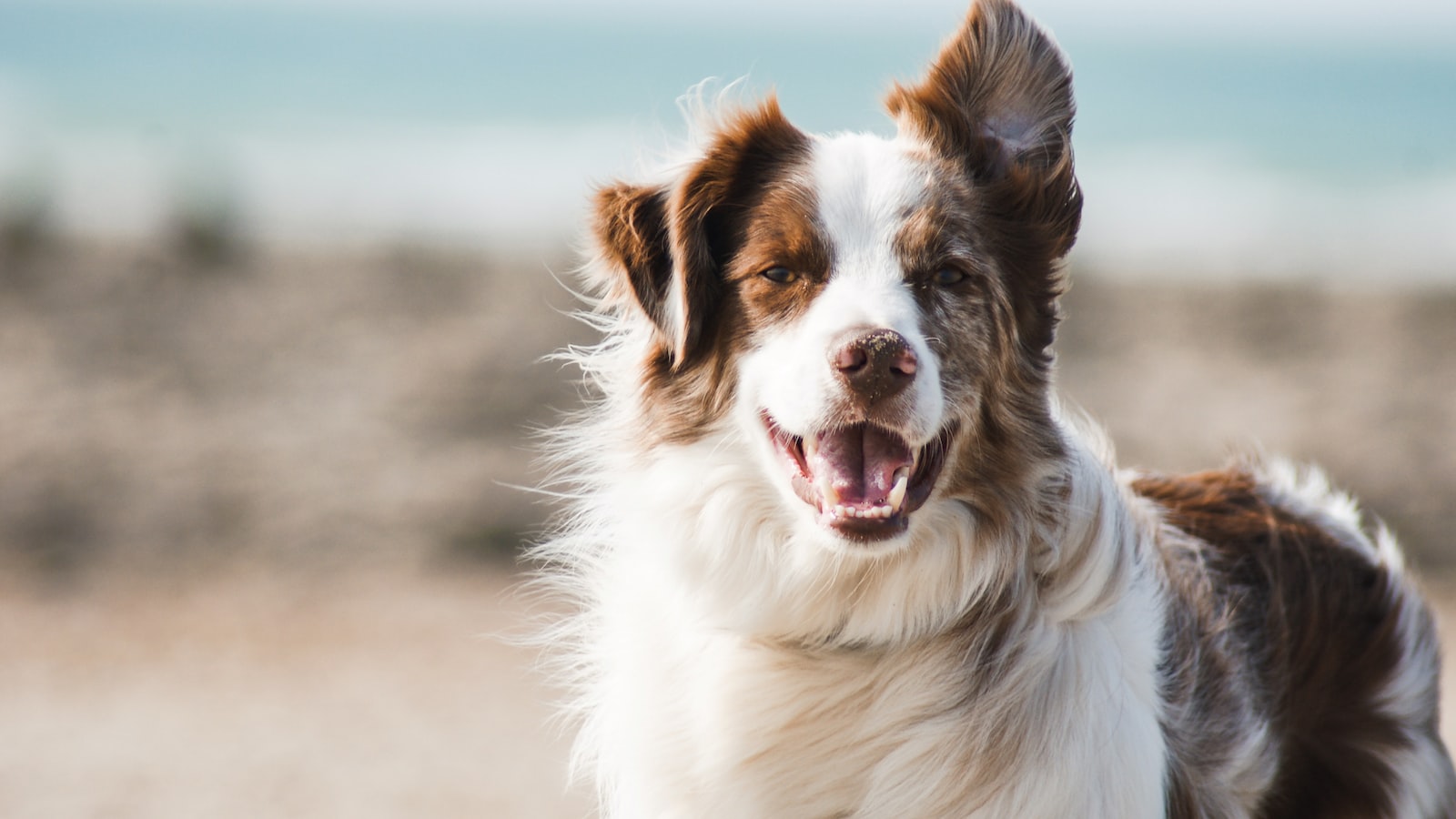
Call Your Dog When He’s Next to You

As a dog owner, it is crucial to establish a strong and responsive connection with your furry companion. One essential skill every dog owner should master is calling their dog when he’s next to you. This is an important command that ensures your dog’s safety, helps with training, and strengthens the bond between you and your four-legged friend.
Why should you call your dog when he’s next to you?
First and foremost, it’s imperative to call your dog when he’s next to you to prevent any potential dangers. Whether you’re out for a walk, in a park, or near a busy road, having your dog close by reduces the risk of accidents and keeps him safe from hazards.
Moreover, calling your dog when he’s next to you is a fundamental part of effective training. By consistently reinforcing this command, you can instill discipline and teach your dog to respond promptly. It creates a sense of trust and respect in your relationship, making it easier to navigate other instances where recall is essential, such as in emergency situations.
Now, let’s talk about a few tips for successfully calling your dog when he’s next to you:
- Use a clear and distinct command: When calling your dog, choose a specific word or phrase that stands out from your everyday vocabulary. For instance, you might say “Here, Buddy!” or “Come, Rover!” Employing the dog’s name creates a personal connection and increases the chances of a response.
- Offer enticing rewards: Positive reinforcement is key to training dogs effectively. When you call your dog, make sure you have some treats or toys readily available. Once he comes to you, reward him immediately with praise, affection, and a tasty treat. This will reinforce the behavior and encourage future compliance.
- Practice in a secure environment: Start training in a safe and familiar setting, such as your backyard or a quiet room in your house. Gradually increase the distractions as your dog becomes more accustomed to the command. This way, you can ensure a better response in various situations.
- Be patient and consistent: Like any training, teaching your dog to respond to a recall command takes time and patience. Dogs thrive on routine and repetition, so make sure to practice regularly. Eventually, your dog will internalize the command and respond reliably, regardless of the environment.
In conclusion, calling your dog when he’s next to you is a critical skill for dog owners to master. It promotes safety, aids in training, and enhances the bond between you and your beloved pet. Remember to use a clear command, offer rewards, practice consistently, and above all, be patient. With time and dedication, your dog will respond promptly, ensuring a harmonious and enjoyable relationship for years to come!


